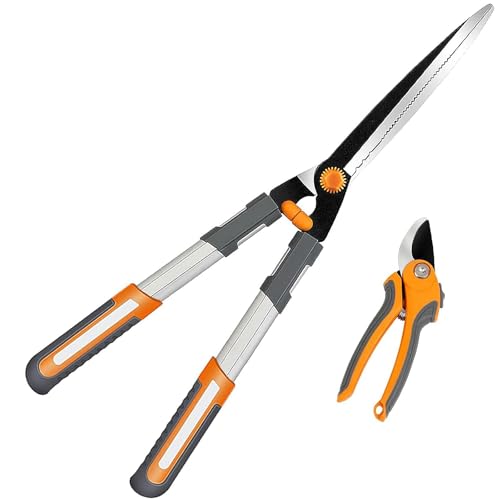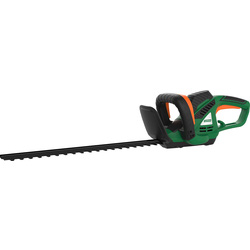When to cut hedges — experts say act soon before bird nesting season starts
Find the perfect window for when to cut hedges to keep your plants in good health and keep to recommended government guidelines
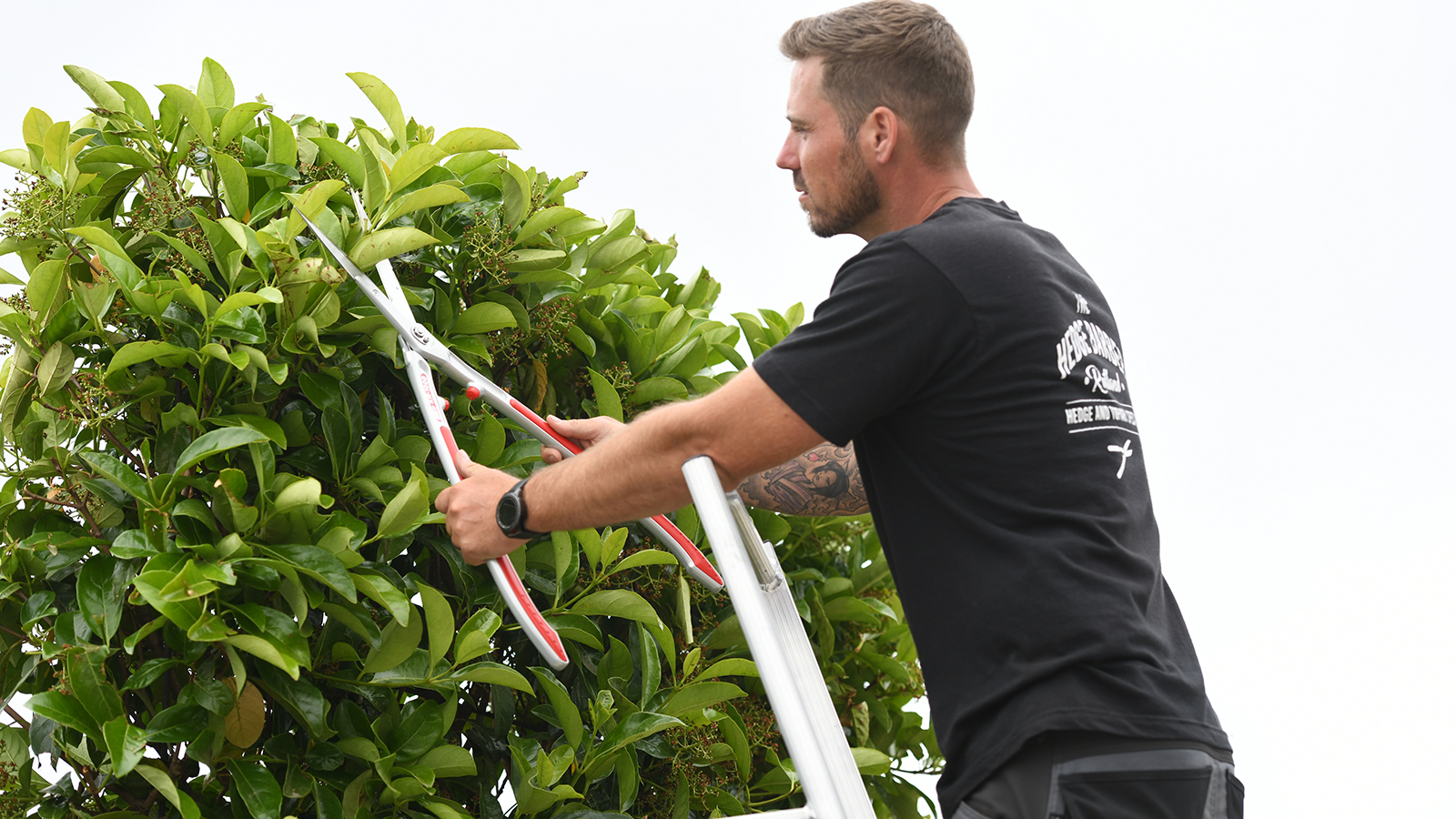
Knowing when to cut hedges is crucial, not only for the health of your plants, but also to avoid breaking UK law, which is in place to protect birds and other wildlife by potentially destroying their habitats.
Autumn and spring are ideal times to bring out your hedge trimmers as long as it's outside bird nesting season, which runs from March to August. Pruning your hedges during periods of cold can weaken branches and leave them susceptible to disease.
Similarly pruning in hot weather can lead to its own set of problems. A tricky thing to get right indeed, thankfully these hedging experts can offer more insight into finding your perfect window.
When to cut hedges depending on variety
Owen Simpson, Managing Director at Henchman comments: “There are a whole host of hedges out there, from floral varieties such as forsythia, viburnum and jasmine, to evergreens such as English yew, privet, beech and box. The type at hand will decide when it needs to be trimmed."
Garden maintenance expert Jane Dobbs outlines the specifics below:
- Deciduous hedges: In late winter or early spring, when the plants are dormant, cut deciduous hedges (beech, hornbeam, and hawthorn). In the spring, new growth can be seen on the hedge.
- Evergreen hedges: These include yew, boxwood, privet and other evergreen fast-growing hedges, and can be pruned either in early spring or late summer. Trimming too late in autumn may compromise the plant's ability to withstand the winter.
- Flowering hedges: It is best to trim them after they bloom, which usually occurs in spring. The blooms of these types of hedges, such as lilac, viburnum, and forsythia, may be lost if they are cut in late autumn or winter.
- Formal hedges: During the growing season, formal hedges (box hedges) should be trimmed frequently, primarily in late spring, early summer, and early autumn. Trimming regularly maintains shape and promotes dense, healthy growth.
Shop hedge trimmers
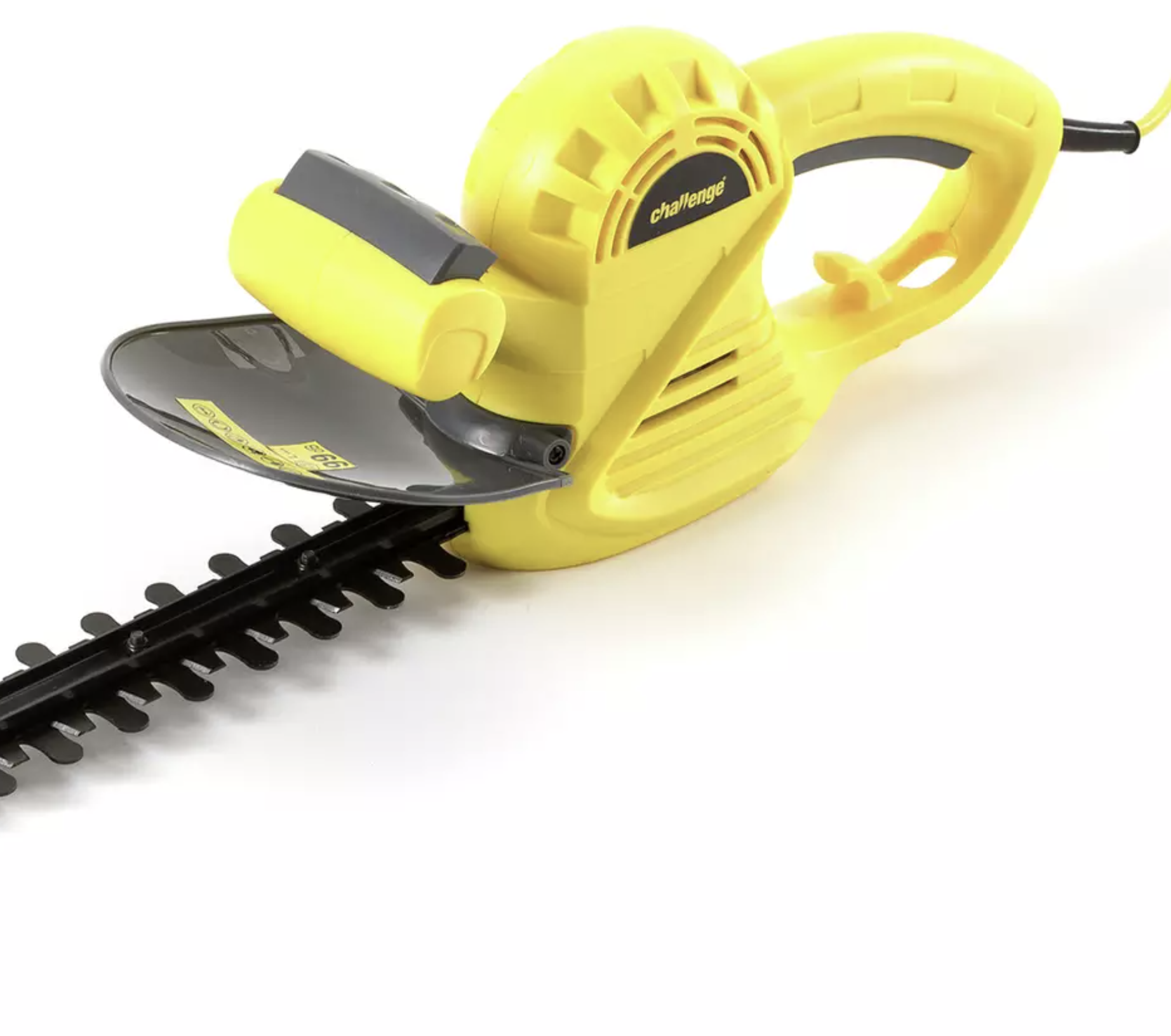
Currently discounted this offer is an absolute steal. Weighing just 2.5kg it's ideal for small to medium hedges. It's corded so you'll need close access to a plug or a long extension cable.
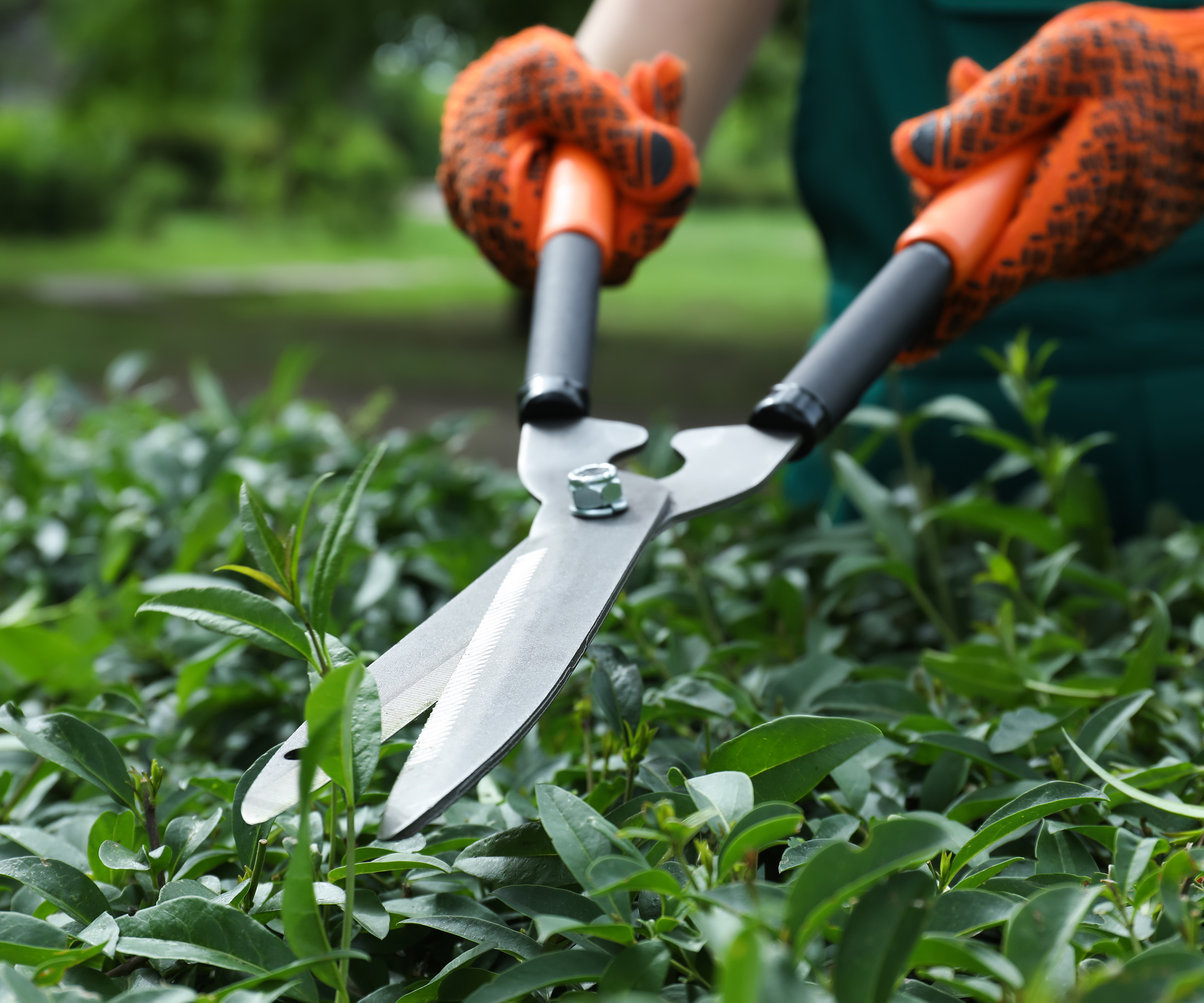

Owen Simpson, Managing Director at Henchman, pioneers of garden ladders and safe hedge-cutting platforms.
Bird nesting season and cutting hedges
One of the advantages of hedges vs fences is the fact that they are beneficial to local birds and wildlife.
“From February, your hedge may be home to a range of birds making it important to leave them undisturbed. It is estimated that over 60 different species of birds use hedges for shelter, roosting or nesting. Hedges make the perfect home for birds as the leaves and foliage can provide strong protection whilst access is easy for the birds to swoop in and out," says Darren Feasey, gardening hand tools expert at Flymo.
"Nesting birds are protected under the Wildlife and Countryside Act 1981, and any form of damage or destruction to these nests is illegal," says Luke Dejahang Gardening expert and CEO of Crown Pavilions.
This isn't to say that you can't cut hedges back during this time in order to keep your front garden looking neat. However Luke explains that: "If there are any signs of bird nesting in hedges, it is an offence if cutting hedges is continued as you are actively breaching the 1981 Protection Act."
Hedgerows, are a different story however and it's forbidden by law to cut these back, including cutting back trees nearby from 1 March to 31 August. There are exceptions for cutting hedgerows on private properties, however. You can check the hedgerow management rules on the GOV.UK website for all the up-to-date restrictions and exemptions.
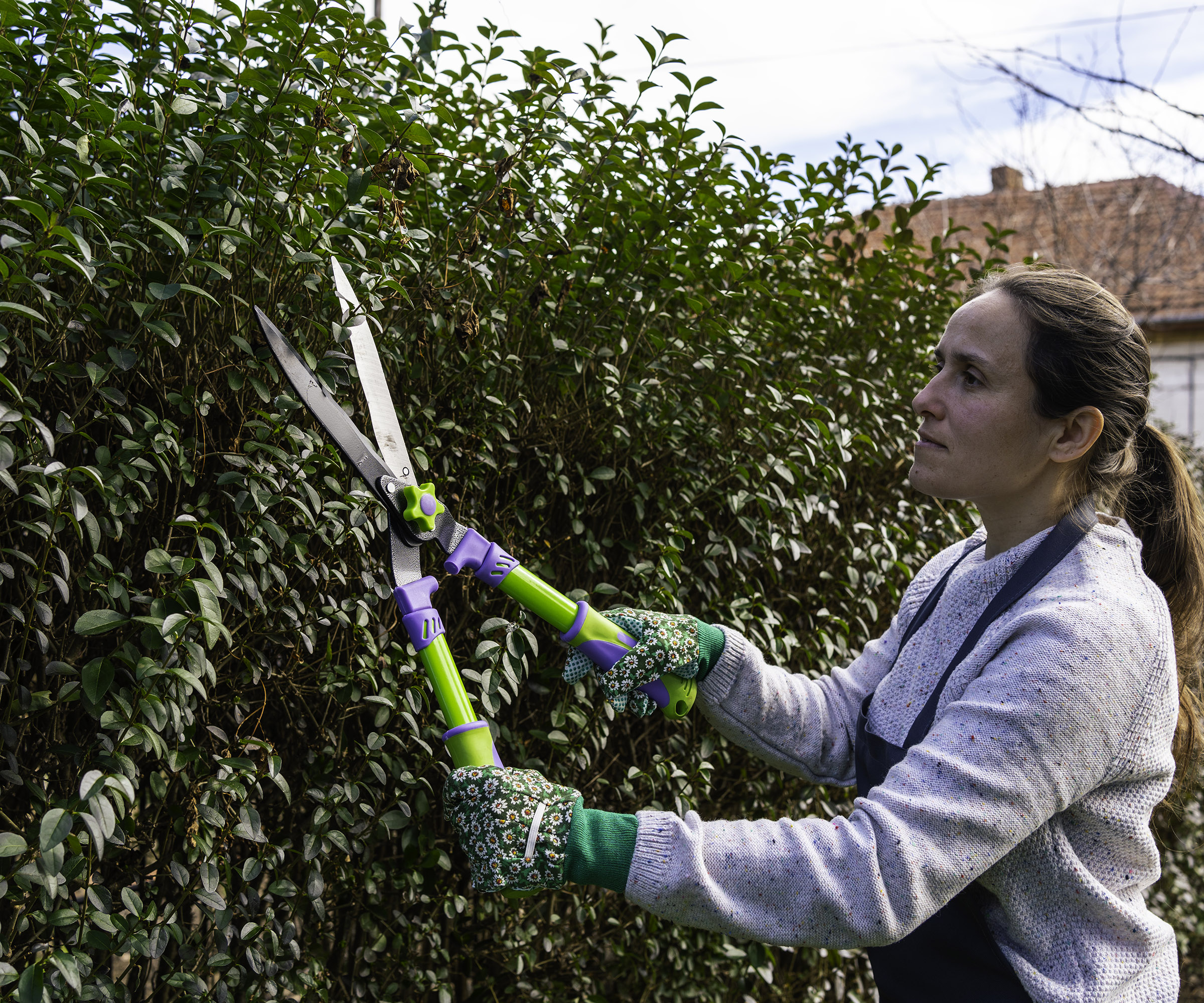

Luke has vast experience of how to create beautiful gardens across the UK, helping transform gardens into tranquil paradises.
Cutting a hedge in winter
As well as being detrimental to an eco-friendly garden, choosing the wrong time to trim your hedges during winter can lead to lasting damage.
"If the temperature is regularly hitting -5°C, I would recommend holding off until temperatures rise. Trimming in frosty temperatures will make thinner branches weak and brittle. Any cuts made will take longer to heal, meaning your hedges will be more prone to infections and diseases," explains Paul Hicks, Product and Marketing Manager at STIHL GB.
“For hedges such as box, thuja and coniferous cypress, the optimal time of year to trim them is towards the end of winter, specifically in mid to late February. At this time of year, they won’t be full of sap yet, meaning they will be able to handle a more intense trimming," Paul adds.
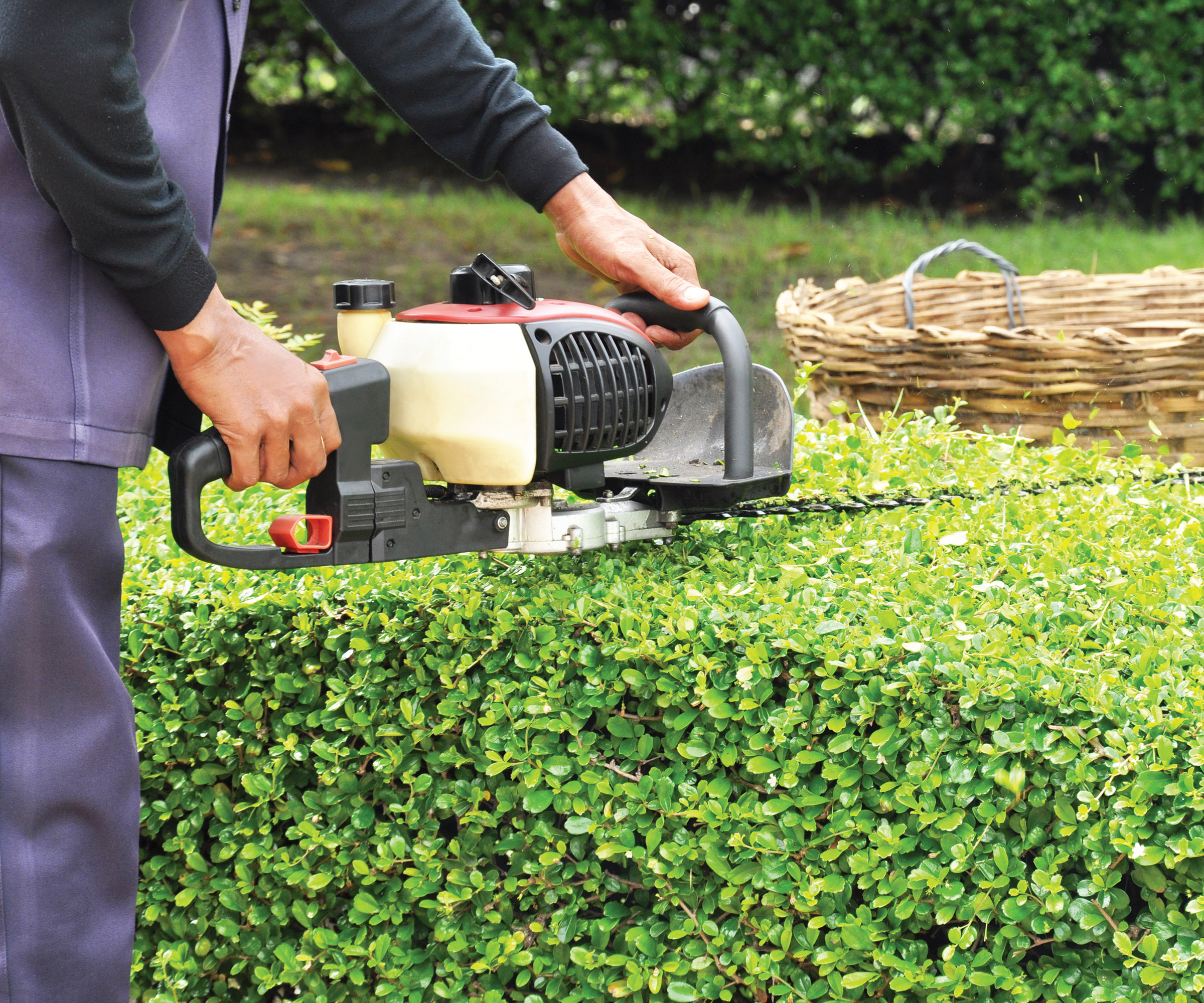

Paul is the Marketing and Product Manager for STIHL GB, having worked at STIHL for nine years, and is responsible for the full product range of garden tools
Cutting hedges in spring
"In spring, you should be focusing on trimming hedges that are conifers, such as Lawson Cypress or Red Cedar," says Graham Smith MCIHort, a gardening expert from LBS Horticulture.
If you have newly planted or young hedges and climbing hedge plants they will need what is called formative pruning. "This is best carried out in early spring or winter. This is the ideal time as most of the leaves will have fallen off the structure of the hedges, so it is much easier to see what you are doing and identify areas that need to be pruned," says Graham.
Cutting hedges in summer
“Summer pruning can sometimes be beneficial for hedges that grow vigorously. However, avoid cutting during the hottest part of the day, or during any drought or heatwave, to limit shock damage to the hedge,” says senior product marketing manager, at Hayter Chris Cooper.
“It's best to get out your garden tools on cooler days or during the early morning or late afternoon if you have to. Keeping the cuts clean and precise will help the hedge recover quickly," Chris adds.
“If you want to prune in very late spring or summer, avoid cutting spring-flowering shrubs and trees, as they typically set their buds in the previous year,” says Cooper. “Cutting them at this time can reduce the number of flowers for the next season. Also, avoid cutting hedges that are already stressed by heat or drought conditions as this can further weaken them,” he continues.
“Finally, be cautious with heavy cutting in warm seasons. This can expose hedges to sunburn and reduce their ability to photosynthesise effectively."
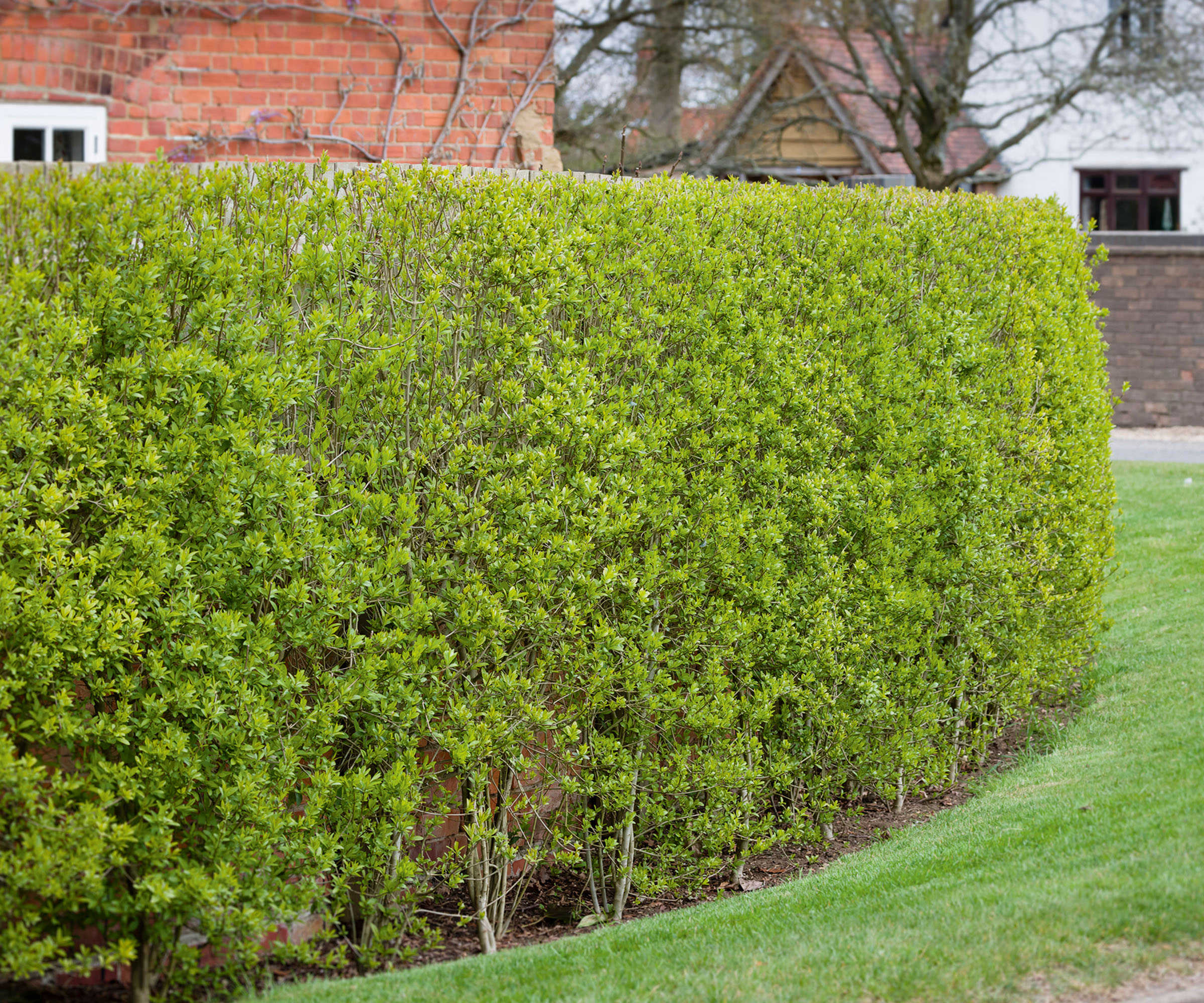
Cutting hedges in Autumn
“The colder months, starting in late autumn, are the ideal time to start using your power tools, as the lack of leaves makes cutting quicker, more accurate and easier to clean up,” says Chris Cooper.
Autumn is also a fantastic time of year to cut hedges because leaves will be shedding to the ground. "This means the surrounding soil has more nutrients to encourage stronger growth throughout the coming winter," adds Chris. The clippings can also be used as mulch.
Jane Dobbs agrees that August to October is another ideal period for hedge trimming, especially for hedges that require maintenance cutting.
"A maintenance cut prevents the hedge from losing its shape during autumn and winter, and it helps maintain its structure throughout the year. Furthermore, these timings avoid the risk of damage to the hedge caused by extreme weather conditions," says Jane.

Responsible for leading the gardening team at Allan's Gardeners, a landscaping and garden maintenance, business who do lawn care and installation. She has 10 years experience as a gardener.
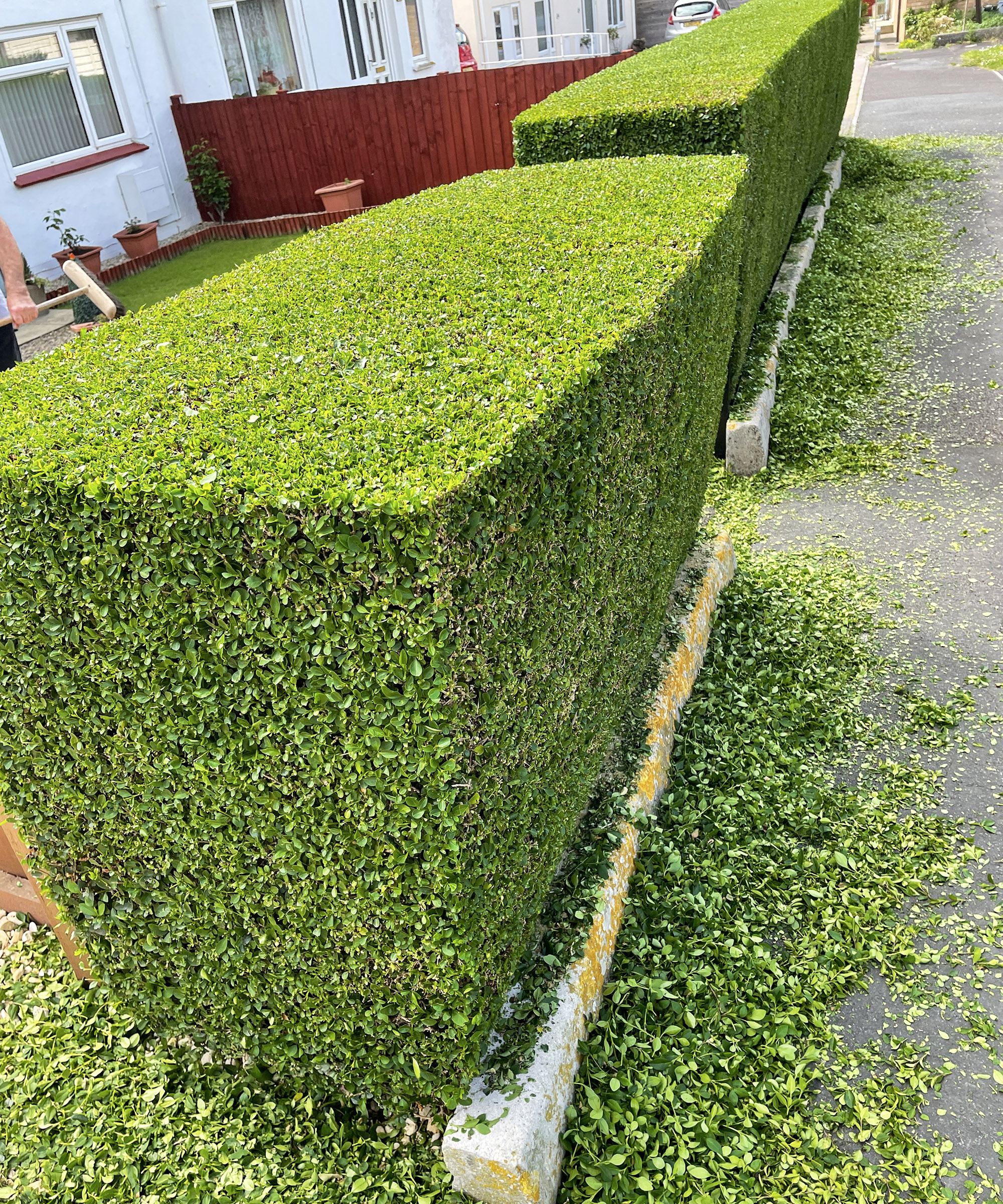
FAQs
When should you not cut hedges?
"Hedges should not be cut at certain times of the year. In the UK, cutting hedges during the bird nesting season (March to August) is illegal if it means endangering nesting birds. If hedges are cut during this time, they can disrupt or destroy active nests, which can have severe consequences for wildlife," says garden maintenance expert Jane Dobbs.
"It is risky to cut hedges during cold weather or during periods of extreme frost, as it may damage the plants and hinder regrowth. Do not cut plants in winter when they are dormant. Landscaping garden hedges during dry summer months can stress the plants, as they may not have enough moisture to recover from the cut. If you need to trim your plants in summer, pre-water them first."
Is it illegal to cut hedges in summer in the UK?
Hedge cutting is not illegal in summer, but there are restrictions on when and how you can do it," explains garden maintenance expert Jane Dobbs.
"Cutting hedges during the nesting season (typically starts March through August) would violate this act. Before cutting a hedge, make sure there are no nesting birds nearby. Most birds nest in the UK between April and July. If you are not sure that there are no active nests, wait until after the nesting season," says Jane.
What is the best weather to cut hedges?
“When it comes to the ideal weather conditions to get the shears out, avoid hot or sunny days – if the leaves growing deeper inside the plant are suddenly exposed to direct sunlight, they may become scorched," says Owen Simpson, Managing Director at Henchman.
"Likewise, avoid chilly snaps as low temperatures can be equally as stressful to sensitive tissue. Instead, wait for an overcast, cloudy day, as this reduces the risk of shock.”
When is bird nesting season?
The bird nesting season in the UK officially runs from the start of March to August, with the peak period being from March and July.
Hedges can be a great way to define a boundary and create privacy for a garden. Have a look at our garden screening ideas for more inspiration.
Get the Homebuilding & Renovating Newsletter
Bring your dream home to life with expert advice, how to guides and design inspiration. Sign up for our newsletter and get two free tickets to a Homebuilding & Renovating Show near you.

Teresa was part of a team that launched Easy Gardens in 2018 and worked as the Editor on this magazine. She has extensive experience writing and editing content on gardens and landscaping on brands such as Homes & Gardens, Country Homes & Interiors and Living Etc magazine. She has developed close working relationships with top landscape architects and leading industry experts, and has been exposed to an array of rich content and expertise.
In 2020 Teresa bought her first home. She and her partner worked alongside architects and builders to transform the downstairs area of her two bedroom Victorian house in north London into a usable space for her family. Along the way she learned the stresses, woes and joys of home renovation, and is now looking to her next project, landscaping the back garden.
